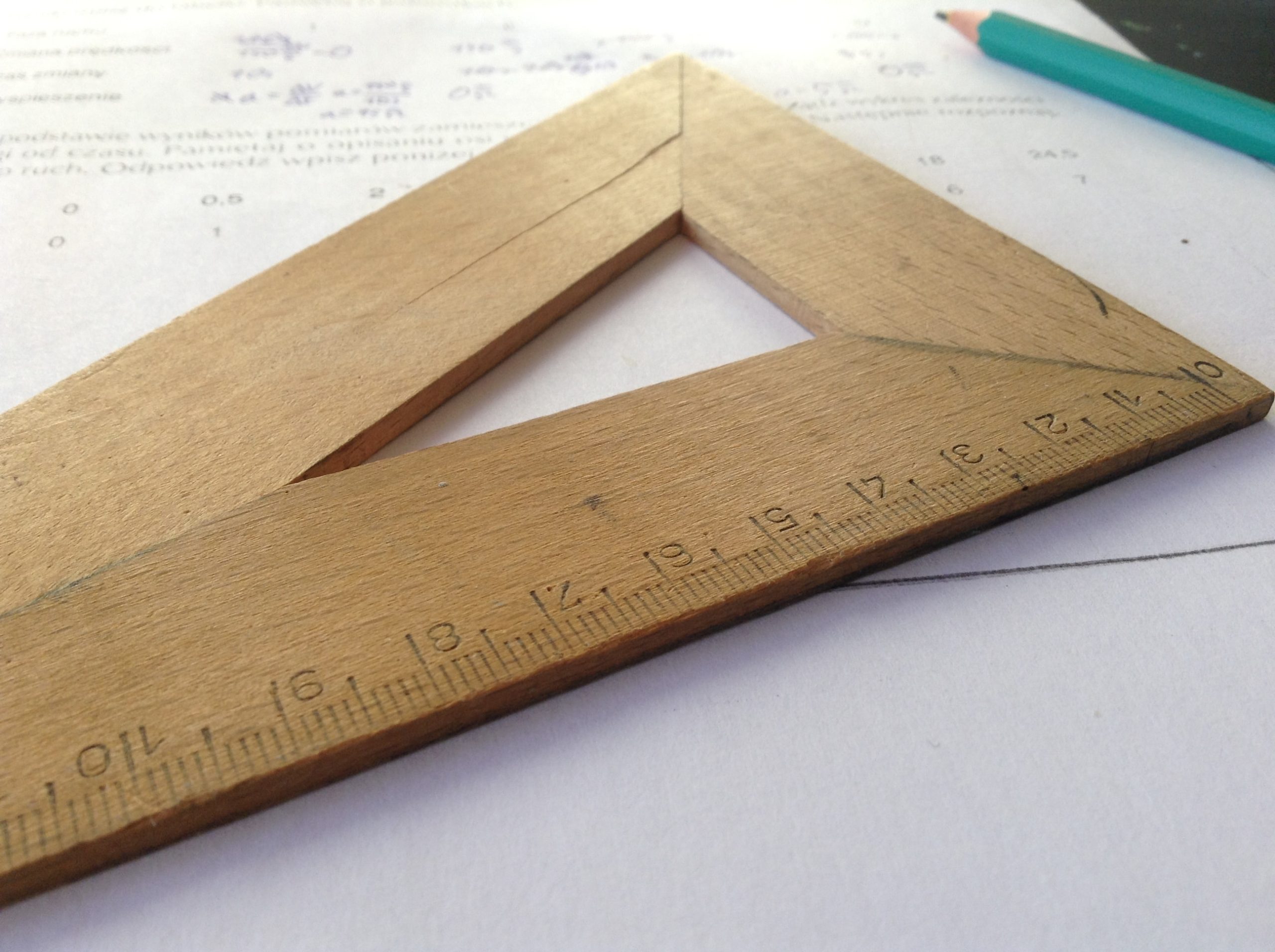Unless this is your profession or area of interest, there is a good chance you won’t have considered this. However, without well-educated and experienced surveyors, the consequences of inaccurate or no land surveys can be significant. Inaccurate measurements can lead to boundary disputes, costly errors, such as buildings being built in the wrong position or even environmental impacts if a development encroaches on a protected area or disrupts a natural habitat.
The impact of errors in geospatial
If there are no established reference points (no ‘control’) to a known ‘grid’, then the accuracy of the survey can be reduced, as new surveyors or contractors seek to put in their own control. If everyone is working to the same control, then accuracy can be maintained. There are some surveyors out there, who don’t set control as a standard practice, which can cause all sort of problems with inaccuracy. Once a robust control is set – the control point has been put somewhere in the ground where it won’t be disturbed by any proposed building work – then all contractors can work to the same control reference to maintain accuracy. This is even more important in areas that are built up such as in inner cities as building positions need to be millimetre accurate, due to tight tolerances.
There are also numerous errors that can occur with CAD drawings. The main errors with CAD drawings are:
- Untidy drawings with text that overlays other text – this makes it impossible to see what is being referred to
- Poor CAD layering systems – leading to specific information not being in the correct layer. For example, not all the buildings are in the same layer, not all the landscaping is in the same layer, the ‘grid’ is mixed up with the building layer – or there are no layers at all, and all information is put in the same layer, which means you can’t delete any part of it to redo it or interrogate it further
- Missing features – Poor interpretation of the specification or brief can lead to features missing from the original survey.
Just imagine if a skyscraper design is not based on accurate measurements, or if a modular construction is even a few millimetres out of alignment. The knock-on effect of these discrepancies is staggering, leading to anything from design mistakes and utility clashes in buildings, to uneven floors, unsafe structures, and different sections of a modular build not fitting together at all.
The importance of accurate site survey data
Accurate land surveying is critical for a variety of reasons, such as for clearly communicating what land and features currently exist, helping other contractors to quickly pick up and work with site survey data, to ensure subsequent designs are accurate and achievable and highlighting what obstacles lie in wait that need to be mitigated before all contractors appear on site. The role of accuracy in land surveying cannot be overstated in eliminating the risk of mistakes and unforeseen problems which could lead to delays or overspend. Imagine a world where there were no mistakes, delays or overspend in construction. Land surveyors aim to achieve this in preconstruction on every project through accurate and clearly marked up site data.
Every structure or building – from homes, offices and public spaces, through to roads and utilities – that you see on a day-to-day basis within the built environment has its foundations firmly anchored in a measurement. A topographical survey is important to understand the make-up of the land, from street furniture to watercourses, roads and trees. It is used to record and evaluate data on the natural and manmade features of the land. This information is then turned into 2D or 3D drawings or models, that depict and accurately reflect the site as it stands. With this knowledge, architects, project managers, technical managers and developers can interrogate the data to predict how the site will evolve using specific designs or how to make the best use of the land or buildings.
Mitigating mistakes and problems
Measured surveys provide a tangible base for the various simulations of how projects will be managed before anyone has set foot on site. The aim is to mitigate all mistakes and problems, and eliminate all risks, so that buildings and infrastructure can be erected quickly, safely and with minimal wastage.
Ultimately the accuracy of a survey is largely dependent on the skill and experience of the surveyor. However, by embracing technology and choosing the right equipment, along with having robust quality control measures, we can ensure that land surveying measurements are accurate and fit for the purpose of building our future world.
Find out more about geospatial and land survey at Powers: www.powersuk.com








